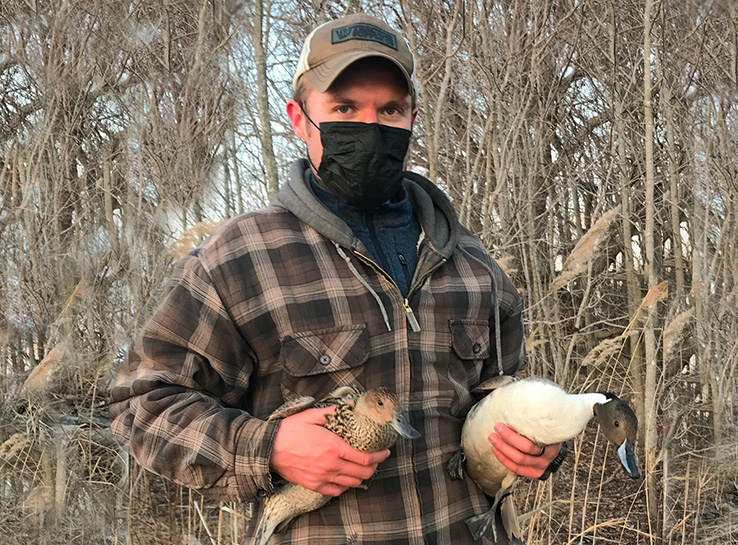
Dabbling ducks and disease: tracking migration timing, HPAI risk
By Matthew J. Hardy, MSc
AgriNerds – Co-owner, Waterfowl Biologist and Co-director of Ecological Modeling
Chester County, Pennsylvania

By Matthew J. Hardy, MSc
AgriNerds – Co-owner, Waterfowl Biologist and Co-director of Ecological Modeling
Chester County, Pennsylvania

Coccidiosis doesn’t just lurk in poultry houses — it thrives there. For decades, producers have relied on synthetic anticoccidials and ionophores to keep it in check. But with growing resistance and increasing pressure to reduce antibiotic use, more operations are turning to vaccination as a sustainable, effective alternative.
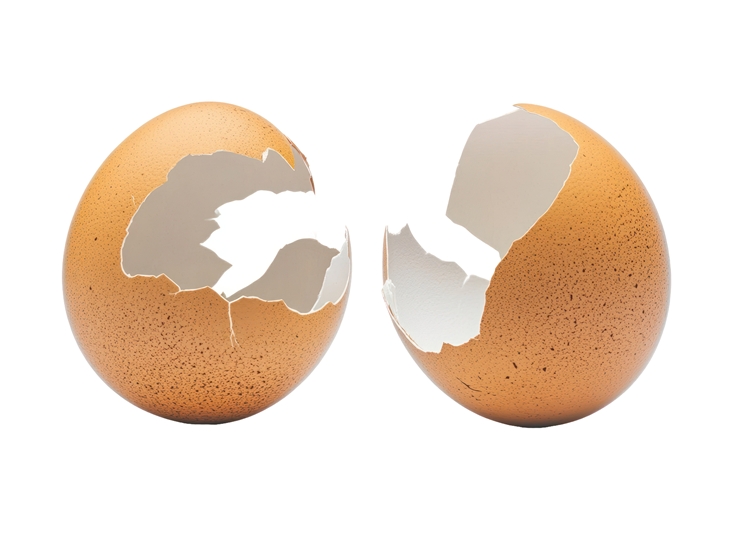
This week Modern Poultry marks its second year of publishing practical, science-based editorial content focused solely on live production. “To commemorate our second anniversary, we’re featuring the two most popular articles from each of our first 2 years,” said Carly Feeks, founder and publisher.
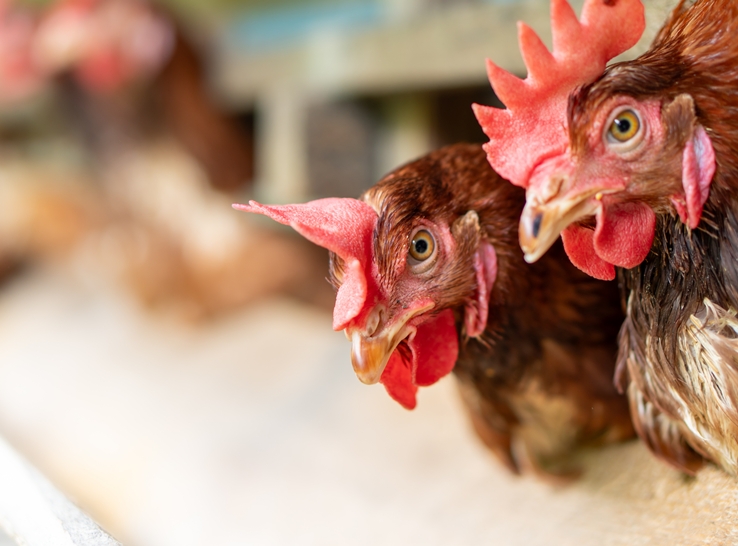
Campylobacter hepaticus has been identified as the causative agent in spotty liver disease, so when Roel Becerra, DVM, received a phone call from a producer that had free-range, antibiotic-free, brown layer hens with SLD, he and fellow investigators decided to study chlorine as a possible treatment.
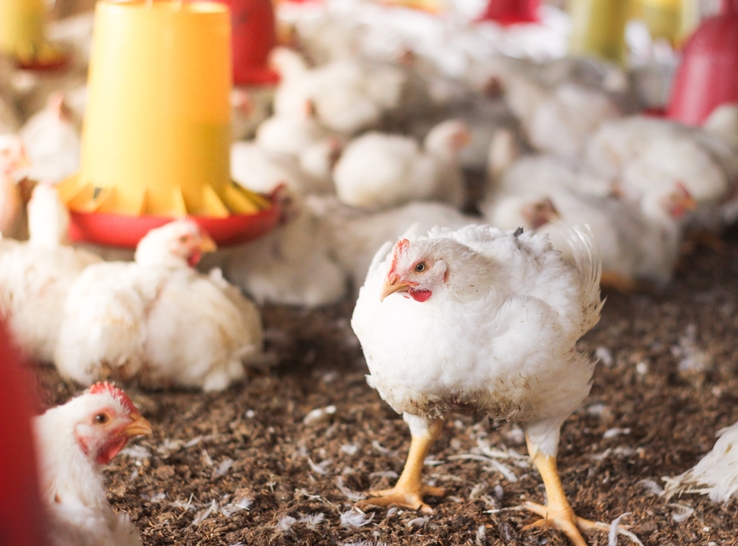
Providing the proper stocking density to maximize broiler productivity, welfare and profitability is a balancing act. Because the birds grow dramatically in just a few weeks, space and environmental demands continuously evolve.

Every year, businesses involved with the poultry industry present their research and ideas at global, national and regional poultry conferences, but unless all your customers attended your 15-minute session at the busy conference, many decision-makers still haven’t seen your work, nor have they heard your technical experts’ insights on the results.

Reducing dietary calcium concentrations in broiler diets can increase calcium and phosphorus digestibility, but deviating from recommended levels can come with costs, according to the results of an Auburn University study.
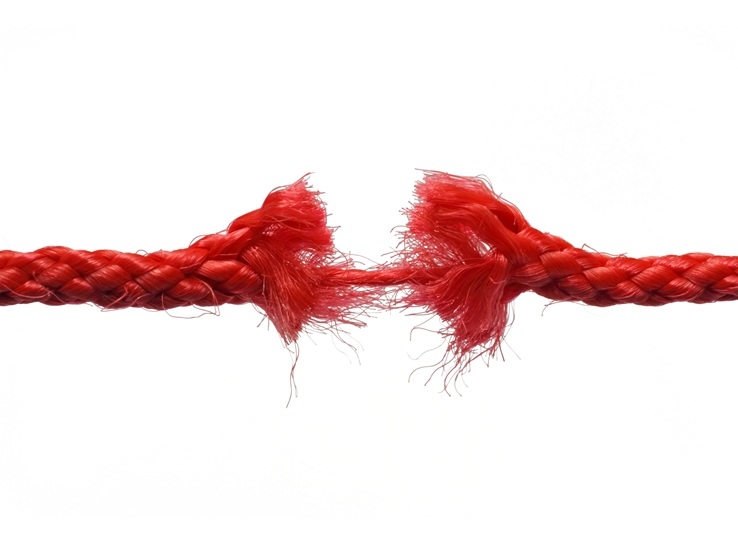
In the “Let’s Talk Turkey” episode of the Unplucked podcast produced by the Poultry Science Association, Carrie Cremers, DVM, manager of technical service and animal welfare at Jennie-O, discussed how the weight of ever-present HPAI has led to biosecurity burnout among workers.
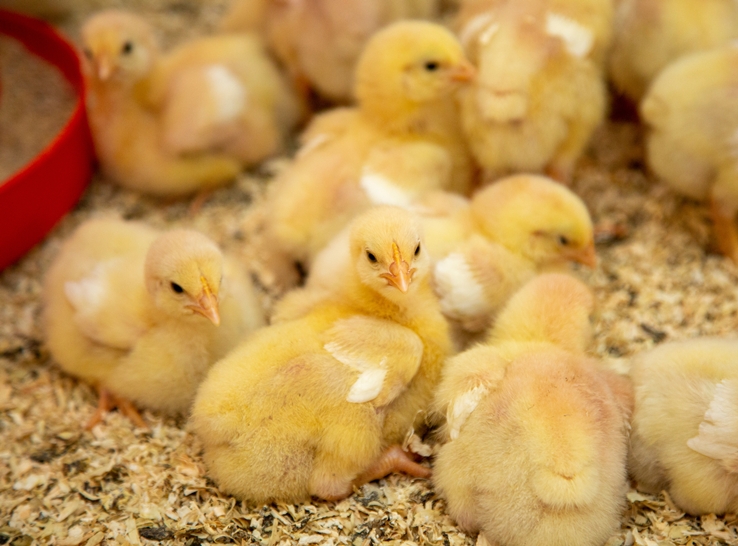
US broiler operations commonly reuse litter for environmental and economic reasons. Research and real-world results have shown that the first broiler flock raised on brand-new litter underperforms flocks raised on used litter, but the reasons remain unclear.
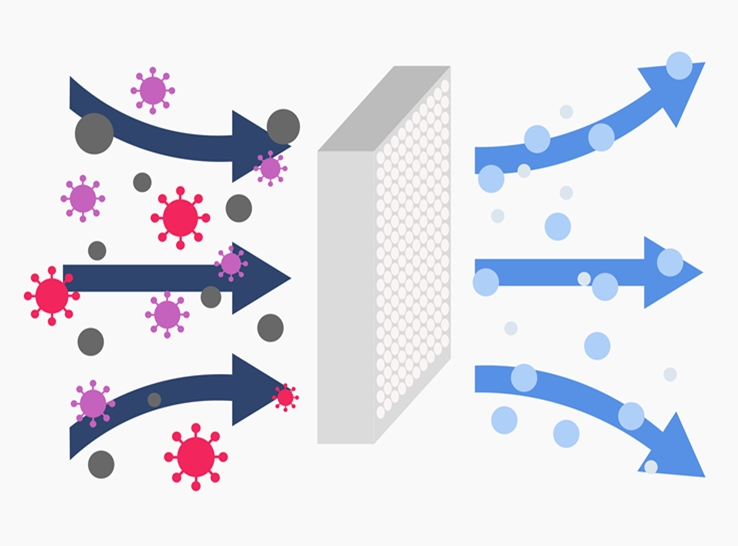
By Michael Czarick
Extension Engineer – Poultry
University of Georgia
Department of Poultry Science
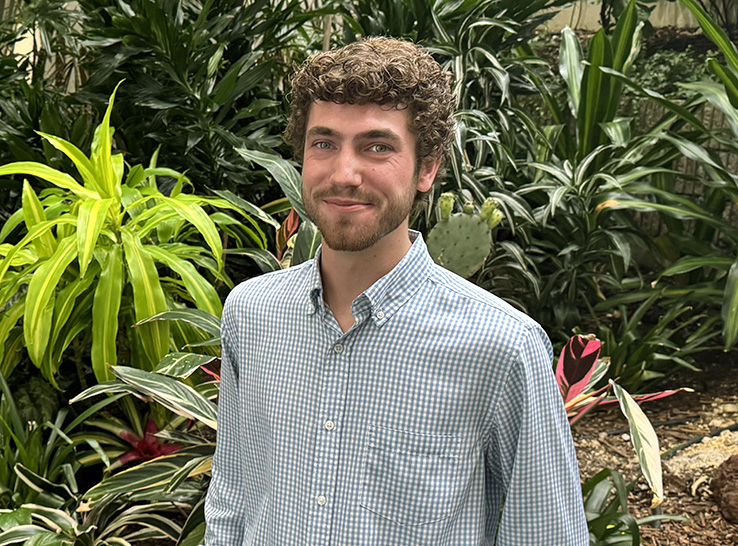
Plant polyphenols demonstrated effectiveness against multi-drug-resistant Salmonella enterica serovar DT104, suggesting their potential in the fight against antimicrobial resistance (AMR) and foodborne illness, according to Auburn University researcher Hunter Sheffield, PhD student.
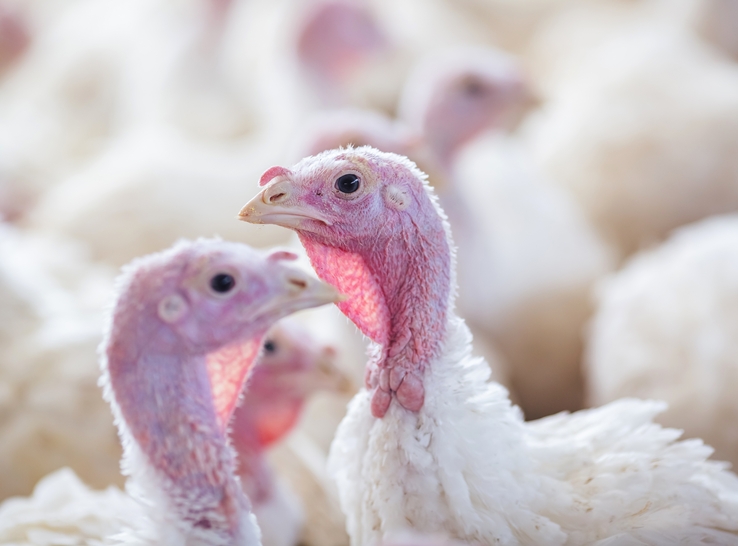
When enteritis strikes, the challenge is identifying the exact cause. In February 2023, Huvepharma’s research and development personnel received a call about enteritis symptoms in two commercial antibiotic-free turkey houses. A team went out to conduct a thorough field investigation to determine precisely what was going on with the flocks.
Copyright ©Feeks Media LLC, 2025 | All rights reserved
info@modernpoultry.media
privacy policy | site map